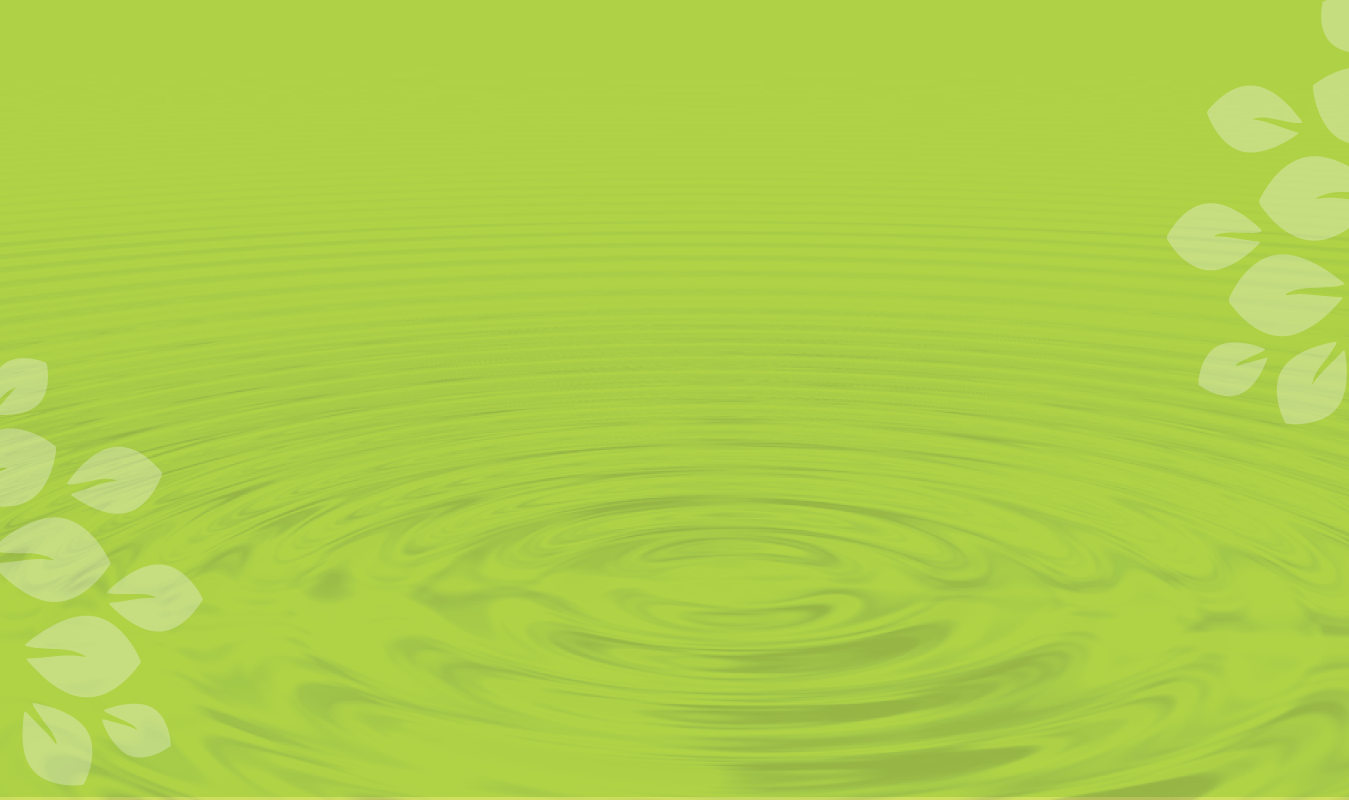
Dry Needling
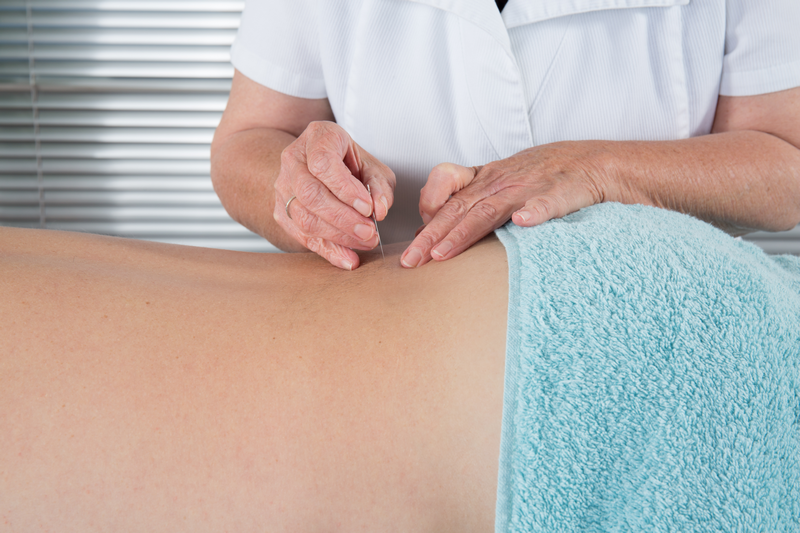
Dry needling is also known as intramuscular stimulation, myofascial trigger point dry needling, and myofascial acupuncture. It is used by specially trained osteopaths to help with and relieve muscle and joint pain and improve movement of muscles and joints. Dry needling is a unique treatment specifically with emphasis on improving muscle function and healing muscle strains. This is important as continued activity with poor muscle function may lead to further injury. Dry needling is part of a larger treatment plan for musculoskeletal pain and injury.
How is dry needling work?
Dry needling uses very fine solid needles (.16 to .30mm) precisely on the knot and trigger point causing pain. Once the trigger point is identified by the needle the person will feel a twitch response in muscle. This response is both therapeutic and diagnostic. Once the twitch in muscle is found and released the muscle can relax with reduced pain, inflammation, improved circulation and muscle function.
What will I feel during session?
Generally, the insertion of the needle is not felt; a local twitch or contraction of muscle may bring on a brief pain response described as a mild electric shock or twitch. During treatment you may feel heaviness in area being treated, or commonly feel a relaxation of in body area. Following treatment there may be some soreness for 24 to 48 hours after treatment. Keep area warm and follow stretches given be therapist.
Is dry needling safe?
Yes, dry needling is a very safe treatment for all musculoskeletal conditions including during pregnancy. In the clinic we only use the finest quality needles, individually packaged, sterile single use and disposable needles. The needles are extremely fine (.16 to .30mm) and rarely cause bruising or bleeding. Many therapists use dry needling during pregnancy for musculoskeletal injuries and postural strains. During pregnancy your body goes through ongoing structural changes and result in unwanted discomfort.
Is myofascial dry needling and acupuncture the same?
No, both are very different and separate types of treatment, although there is some overlap between them. Acupuncture points are said to be localized concentrations of energy that develop along meridians (lines) in body. When the energy cannot get passes these concentrations the health of the body suffers and diminishes.
Trigger points are hyperirritable knots (tiny lumps) in muscles caused by altered muscle function, muscle strain patterns from altered posture, working position, repetitive strains, weight gain, and ageing or sudden muscle injury. These trigger points can cause localized pain or refer pain to other parts of the body.
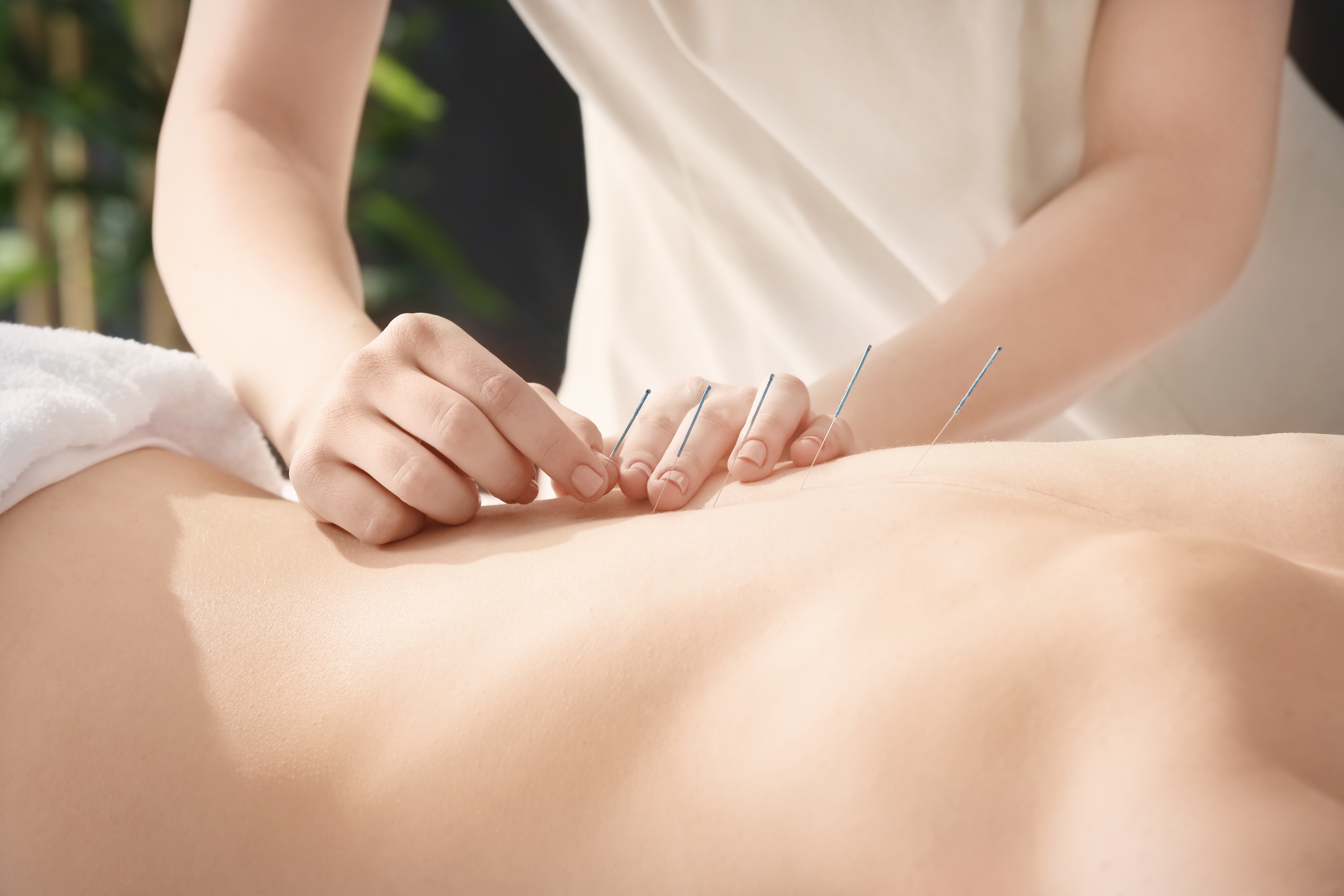
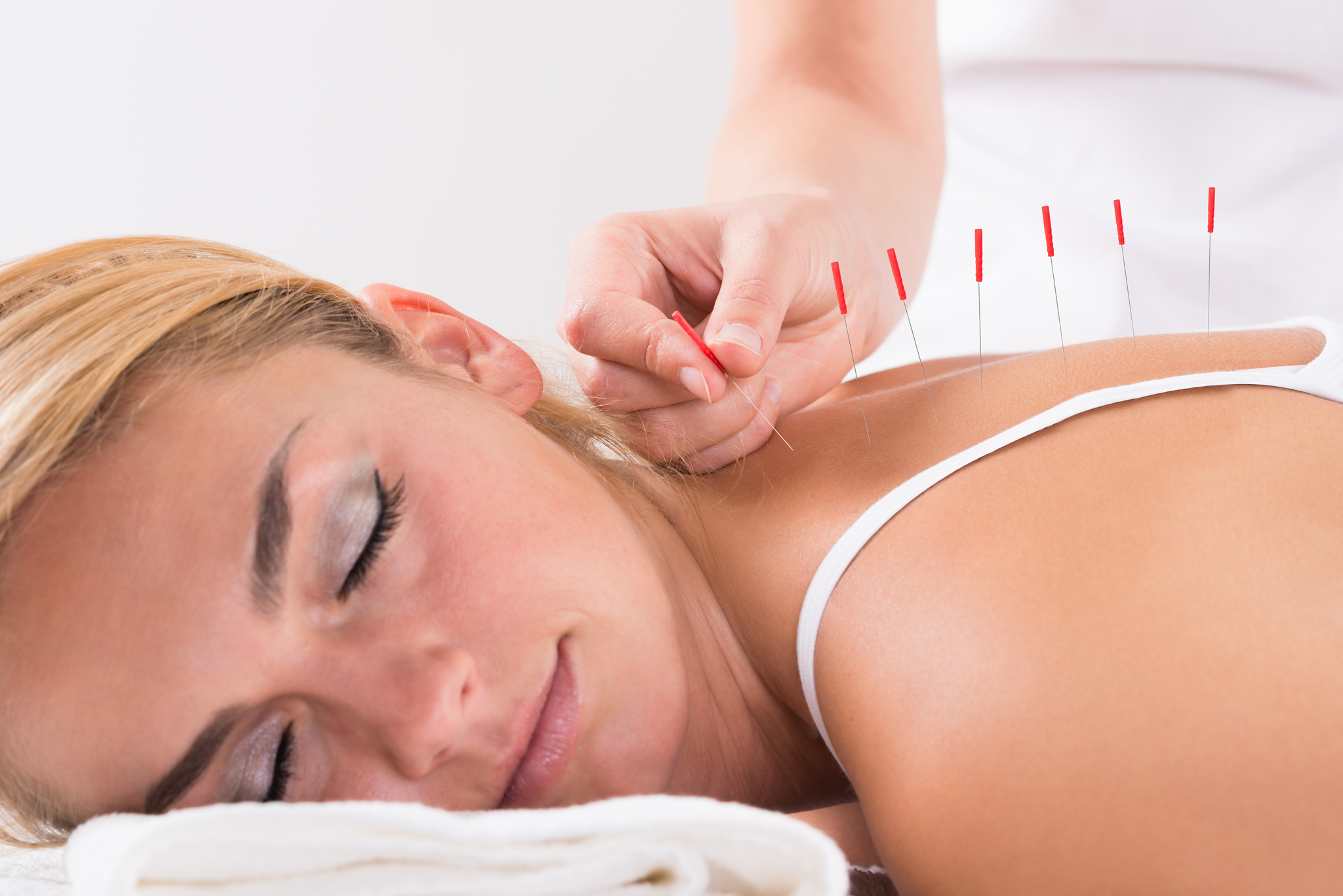
What problems can be treated by dry needling?
- Back and neck pain
- Migraine and tension type headaches
- Shoulder and elbow pain
- Tennis elbow, carpal tunnel , golfers elbow
- Sciatica, buttock pain
- Frozen shoulder
- Knee pain
- repetitive strains, overuse injuries
- acute and chronic injuries
- tendonopathy
Benefits of dry needling
- reduces pain and stiffness
- improves flexibility
- speeds up the healing / recovery process
- Improves muscle range of motion
- Eases joint pain
- Reduction of referred neurological pain
- Reduced central nervous system tone
